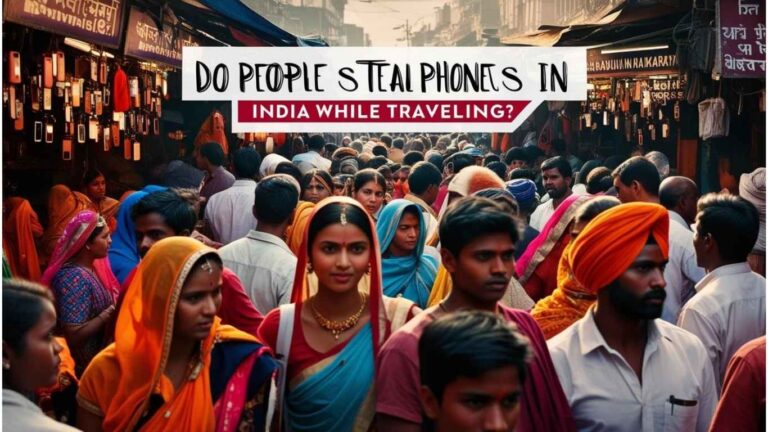Rainbow Valley at Mount Everest has both mounting and stories of horror associated with the place. This ground is found in the Death Zone and climbers who died while trying to scale the mountain were buried in their colored orange outfits.
They remain left on the frozen territory, which forms a sort of ‘Rainbow’ in the negative sense, or rather the reminder about the tragedy that the mountain can become, and the outstanding difficulties, which people can face if they decide to conquer it.
Contents
What Is Rainbow Valley?
Rainbow Valley is situated in the Death Zone of Mount Everest at a height of above 8000 m 26000 ft where there is very low oxygen and life prevailing conditions are below par. This area is characterized by ropes and harnesses jutting out of the snow-clad peaks, coloured brightly but coated with frost to give the scenic view of the rainbow hue in the picture. Such signs depict a rather sad history of the climbers who have been defeated by the mountain.
Chilling Stories from Rainbow Valley
The Legacy of Fallen Climbers
Rainbow Valley MT Everest is famous for the dark yarns of climbers who have perished while attempting to conquer Mount Everest. Most of these climbers do poorly in the Death Zone where there is extreme cold, wind as well a lack of oxygen. They wear brightly coloured clothes that when left behind in the snow remind someone that this war is far from a game and many people are dying for one’s cause.
In one of them, some climbers attempted to help other distressed climbers whose lives were threatened by the same illness. It does this through the documentation of their incredible courage as they show that even in the cruellest of environments that is Mount Everest someone has got to be there for the other and such a figure is heroic in their own right.
Why are the dead bodies accumulating at Rainbow Valley, Everest?
Rainbow Valley located at Mount Everest has become famous for the burial of bodies of climbers who faced fate atop the tallest mountain in the world.
Here’s why this tragic phenomenon occurs:
1. Extreme Conditions
In the Death Zone, where Rainbow Valley is situated the climbers face certain troubles. Temperatures decrease and lack of oxygen at a pressure of more than 200 millibars at above 8,000 metres (26,247 feet) is life-threatening. Some of the demanding features of this climate include Poor and harsh climate – The conditions on this mountain favour the dying of climbers, thus the many deaths that are always reported in this region.
2. Limited Rescue Options
The climate is hostile so an attempt to save climbers in the Death Zone is almost impossible and often fatal. A study shows that at such altitude and unfavourable climate, rescue teams can rarely save the lives of stranded or injured climbers on the mountain. Consequently, many bodies are abandoned.
3. Climbing Seasons and Traffic
The climbing seasons are throughout the year but, the most preferred times as they are limited to small windows of favourable weather are in May and October. A large number of people in the area tend to enhance the rate of accidental deaths and other related incidences. Since so many climbers attempt to summit at once, the likelihood of dealing with fatal problems increases.
4. High Cost of Recovery
It was dangerous and costly to retrieve bodies from such a site that was in such a dangerous area. Some families and expedition companies lack the financial capacity for recovery operations, and, as such, bodies are left in place.
5. Respect and Remembrance
Sometimes the dead are left where they fell to show respect and make the climbers remember the risks associated with Everest. This is because the conditions in the Death Zone deny even the simplest act of bringing back bodies a high priority because of the highest chance of wasting other climbers’ lives.
Everest Base Camp Stories
No matter how you say it, even when you abbreviate it Everest Base Camp is the entrance to Mount Everest. Temporary shelters for mountaineers are all over the Base Camp. The peak season makes base camp to be lively due to the many coloured tents that are evident. This is the last point they make a stop before they start a steep climb up.
During the stay, mountaineers sing their songs, narratives and anecdotes. The people here in base camp mutter the same stories that have been told generations before. Mothers and fathers of mountains are told through every lips of climbers in the Everest base camp. The tales associated with corpses in the Rainbow Valley Mount Everest.
1. Tales of Courage and Perseverance
Everest is filled with fascinating stories of climbers who could go to the greatest extent to meet maximal challenges. To get to the base camp, trekkers have to trek on steep slopes while facing situations which include steep gradients and sharp rocks, low oxygen levels in the air and constantly changing climate conditions. Many people are encouraged by accounts of climbers who drive their bodies and minds up to the limit to get to EBC.
2. The Spirit of Community
The base camp is a multicultural and polyethnological site in which people of different climbing and trekking expeditions and their crews unite. Such a diverse community is friendly and creates togetherness amongst its members. Those stories of breakthrough friendships and partnerships of the climbers as well as the development of camaraderie enhance EBC’s theme to the complexity – the sheer Everest experience.
3. Encounters with Nature
Everest Base Camp is not only a center to begin with a climb but trekkers also get initiated with the actual Himalayan views here. Some experiences people have to tell are seeing the sun rise over the hills and peaks of the Khumbu coming face to face with local wildlife, or the views of the Khumbu.
4. Tragic and Triumphant Moments
The base camp has been a site of success, high fives and success stories, and despair, wrenching loss and sadness. Although it is a profile of where climbers get in a position to attempt to climb to the top, it is also a place where they think about the consequences of mountain climbing. There are accounts of unsuccessful endeavours, great risky and even life-saving acts as well as the testimonies of people who continue to head to EBC each year.
Conclusion
Everest, Rainbow Valley is one of the picturesque locations that have also a history of misfortune. It is seen that climbers who died in Death Zone abandoned their colourful gears which now make a riveting rainbow-like contrast against the backdrop of snow; a constant reminder of the dangers and obstacles faced when climbing the highest mountain in the world. The death of bodies in this dangerous zone tells of great pressure, the challenging rescue, and the expensive process of retrieving the bodies, all of which serve to explain the eerie features of Rainbow Valley.
But at the same time, this place is a rather sad and painful example of the struggle and success of climbers and their never-ending determination. Tells the tales of courage, determination and the sheer realities that sum up the risks of attempting to climb Mount Everest. In the following years and centuries, technology – and artificial intelligence – holds promise of enhancing safety and of preventing the calamities that transpire in this eerily lovely sector of the mountain.






